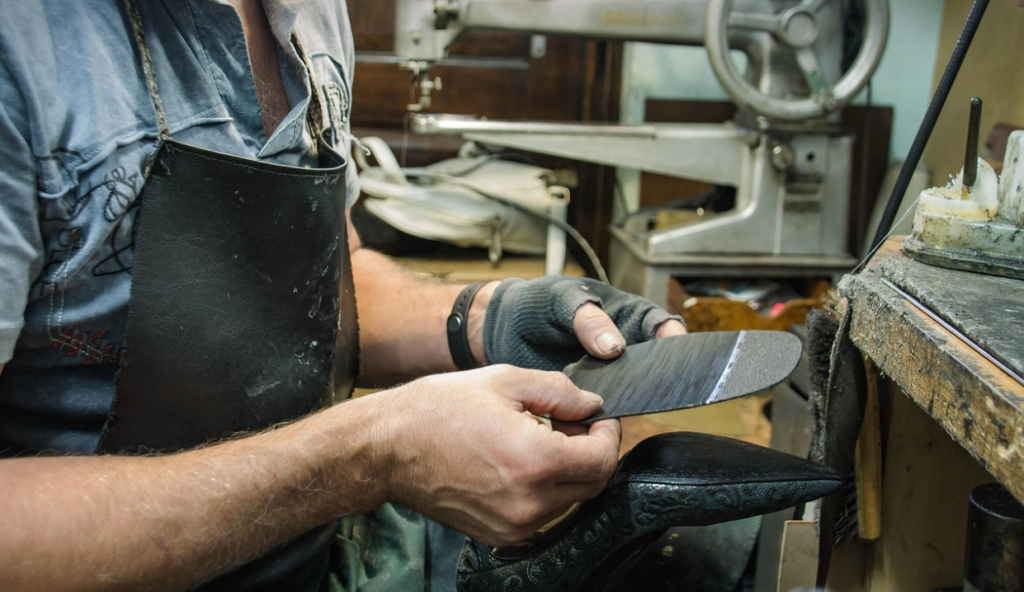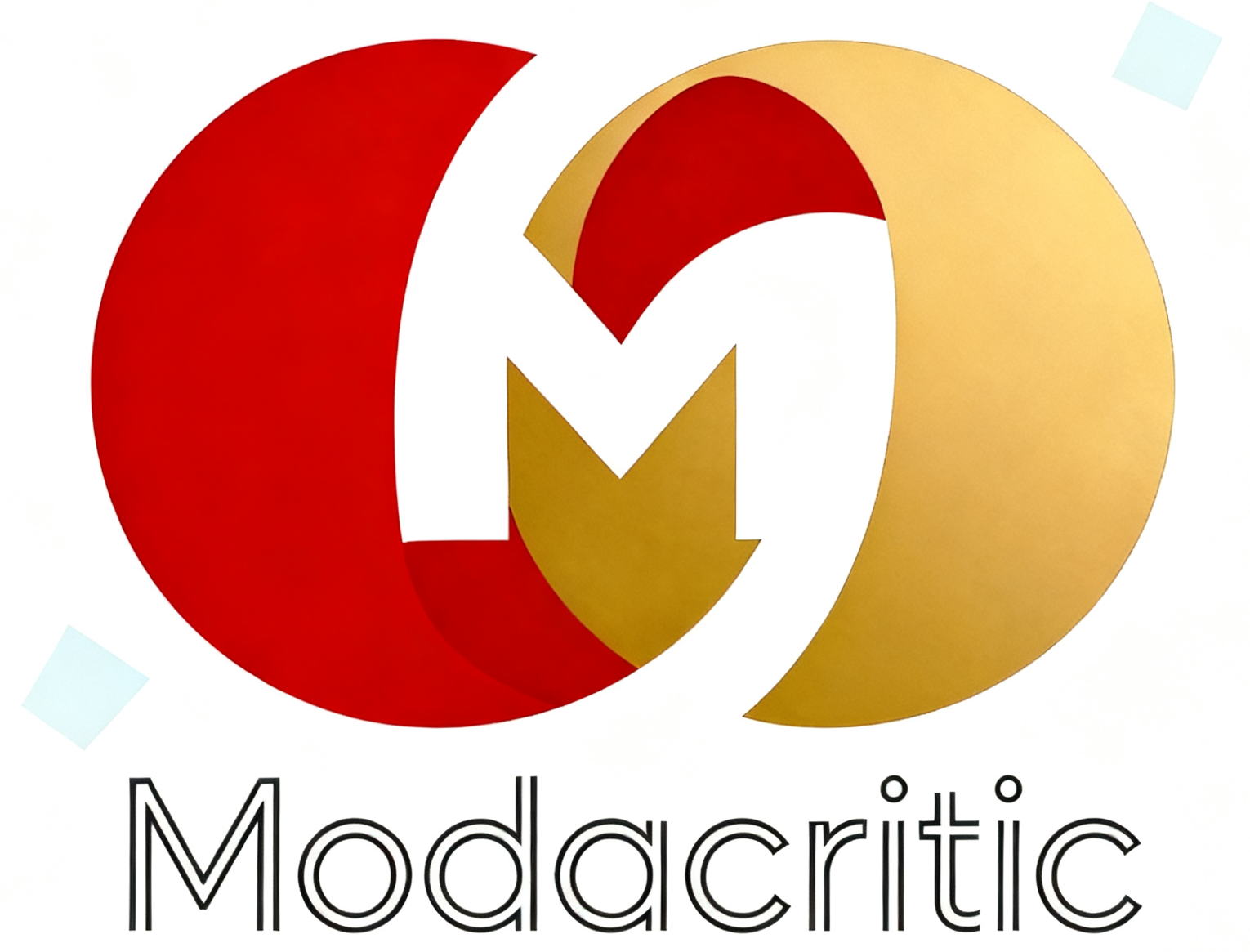
Introduction
We live in a world of fast fashion and disposable consumer goods. Yet, when it comes to footwear, a growing number of people are rediscovering the art of shoe repair. If you’ve ever owned a pair of Allen Edmonds or Tricker’s, you’ve probably asked yourself: Is it better to repair or replace? This article explores the philosophy, economics, and craftsmanship behind premium shoes, and whether restoration truly pays off.
The Philosophy of Shoe Ownership
Disposable vs. Investment Footwear
Cheap shoes are designed for quick use and quicker disposal. They’re glued together, made with synthetic materials, and start breaking down after a year or two. By contrast, premium shoes are built as long-term investments—meant to be maintained, restored, and worn for decades.
Why Premium Shoes Stand Apart
Owning a pair of high-quality shoes is less about fashion trends and more about values: durability, elegance, and responsibility. Think of them as companions in your life journey, not throwaway items.
Anatomy of Premium Shoes
Goodyear Welt vs. Cemented Construction
The secret behind repairable shoes lies in their construction. Goodyear welted shoes, used by Allen Edmonds and Tricker’s, allow the sole to be replaced multiple times without compromising the structure. Compare this to cemented shoes, where the glued sole makes repair impractical.
Materials: Full-Grain Leather and Beyond
Premium shoes use full-grain leather, prized for its strength and natural beauty. Over time, it develops a patina unique to your lifestyle—something synthetic leather could never replicate.
Longevity Built into the Design
From cork-filled midsoles that mold to your feet to sturdy stitching that withstands years of wear, every design element in a premium shoe anticipates future repairs.
The Cost of Repair vs. Replacement
Typical Repair Services for Premium Shoes
Repairs usually include sole replacement, heel replacement, new insoles, and sometimes refinishing the uppers. These services breathe new life into shoes that might otherwise seem worn out.
Comparing Repair Costs to New Purchases
A typical recrafting service might cost between $125–$175. Compare that with buying a new pair of Allen Edmonds ($395–$450) or Tricker’s ($600–$750). Repairs clearly extend value.
Hidden Costs of Throwaway Footwear
Replacing cheap shoes every 18 months adds up. Over 10 years, you may spend more on low-quality shoes than on one pair of premium shoes with periodic repairs.
Allen Edmonds: The American Classic
History of Craftsmanship
Founded in 1922, Allen Edmonds has been the backbone of American business attire, worn by presidents, CEOs, and style-conscious professionals.
The Allen Edmonds Recrafting Service
This legendary program offers full restoration: new soles, cork footbeds, welts, laces, and refinishing. Essentially, you get a shoe that feels brand-new—without losing its broken-in comfort.
Case Study: Cost-Benefit of Recrafting
Imagine you buy a $425 pair of Allen Edmonds. After five years, you spend $150 on recrafting. That pair can easily last another five years. Over 15 years, your cost per year is significantly lower than buying new cheap shoes every two years.
Tricker’s: The British Heritage Brand
The Northampton Tradition
Tricker’s, established in 1829, is one of the oldest shoemakers in Northampton, England—a city world-famous for shoemaking excellence.
Tricker’s Factory Repairs
Tricker’s offers repairs directly from their Northampton factory. Skilled artisans replace soles, heels, and restore finishes, ensuring authenticity in every stitch.
Case Study: Value of Restoring Tricker’s Shoes
A new pair of Tricker’s may cost $650. Factory restoration costs about $200. Considering these shoes can last 20+ years with proper care, restoration is not only cheaper but preserves their heritage value.
Style and Identity: Why Restoration Matters Beyond Money
Emotional Value and Personal Patina
Shoes that have traveled with you—through milestones, career achievements, or even personal struggles—carry stories. Repairing them preserves those memories.
Sustainability and Slow Fashion
Restoration aligns with the global movement toward sustainable living. Instead of feeding the cycle of overproduction, you invest in longevity.
Professional Image and Longevity
Polished, well-kept shoes send a message: you care about details, quality, and presentation. Restored shoes uphold that standard effortlessly.
When to Repair and When to Replace
Signs It’s Time for Restoration
- Worn-out soles
- Cracked heels
- Loose stitching
- Flattened insoles
If the upper leather is intact, restoration is almost always worthwhile.
Situations Where Replacement Makes More Sense
If the leather is severely cracked, water-damaged, or structurally compromised, replacement may be the smarter option.
Hybrid Strategy: Mixing Repair and Occasional Replacement
Many enthusiasts adopt a hybrid approach: restore classics, but occasionally add new pairs to diversify style.
The Environmental Argument
Reducing Waste Through Repairs
Every restored pair reduces waste in landfills. Unlike disposable shoes, premium footwear stays in circulation.
Premium Shoes as Sustainable Investments
Choosing repairable shoes aligns with the principles of sustainable fashion—quality over quantity, care over convenience.
Conclusion
So, are premium shoes worth restoring? Absolutely. Whether it’s Allen Edmonds or Tricker’s, repair services extend both lifespan and value. Beyond money, restoration preserves personal history, reduces environmental impact, and reinforces your professional image. Repairing isn’t just a practical decision—it’s a statement of values.

FAQs
Q1: How many times can I repair a pair of Allen Edmonds or Tricker’s?
With proper care, shoes can be recrafted 3–5 times, sometimes more.
Q2: Does repairing shoes change the comfort level?
On the contrary—it often improves comfort as the cork midsole is refreshed.
Q3: Are factory repairs better than local cobblers?
Factory services ensure authenticity, but skilled cobblers can also perform excellent work at lower costs.
Q4: How long do premium shoes last with regular repairs?
With consistent care, they can last 15–25 years or more.
Q5: Is it worth restoring mid-range shoes, not just luxury ones?
If they are welted and made with quality leather, yes. But cheap, glued shoes usually aren’t worth the expense.







